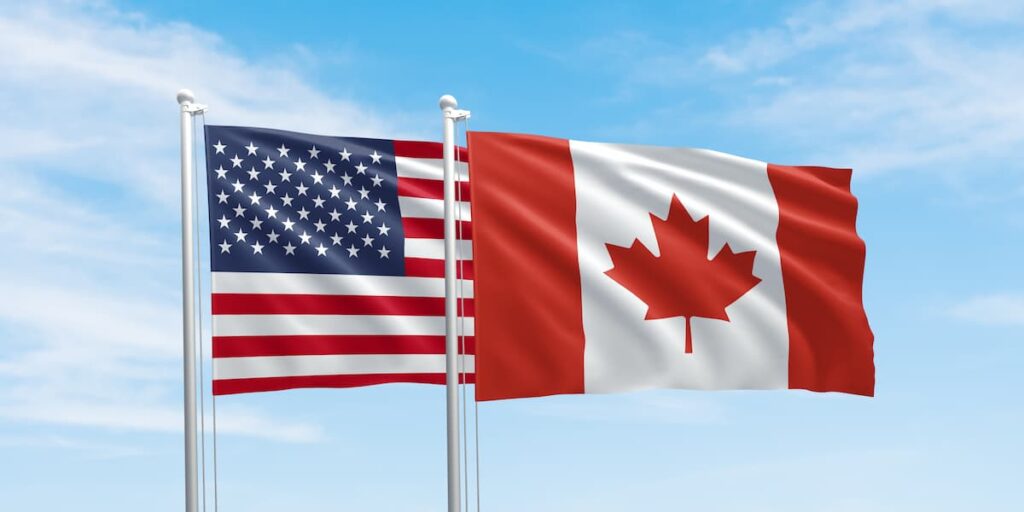Canada is currently holding high-level discussions with the United States regarding its potential participation in the “Golden Dome,” a massive missile defense initiative proposed by U.S. President Donald Trump. The ambitious plan, valued at an estimated $175 billion, would create a multilayered defense system with both ground- and space-based capabilities, aimed at countering a variety of modern threats.
This potential collaboration comes at a time of growing concern over global security challenges and evolving military technologies. As missile capabilities become more sophisticated, Canada is considering a stronger protective alliance with its neighbor to the south—though not without weighing the broader geopolitical implications.
A Strategic Move Toward Greater Defense Preparedness
The proposed “Golden Dome” system is designed to intercept a wide range of enemy weapons, including drones, cruise missiles, hypersonic missiles, and intercontinental ballistic missiles. The U.S. administration expects the shield to be fully operational by the end of Trump’s current political timeline.
Canada has expressed clear interest in contributing to the initiative, acknowledging the growing complexity of global threats and the potential for future attacks that could originate even from space. Government officials are reportedly assessing the national benefits of taking part in such a defense strategy, which would mark a significant move in Canada’s military positioning.
Although financial details regarding Canada’s possible investment in the project have not yet been disclosed, the intention to explore joint involvement is already signaling a new chapter in North American defense collaboration. The partnership would likely require technological integration and coordination at multiple levels, aligning with Canada’s broader goals of protecting its airspace and population.
Navigating Tensions While Maintaining Alliances
Canada and the United States share responsibilities in the North American Aerospace Defense Command (NORAD), a longstanding bilateral effort to safeguard the airspace over both nations. While this partnership remains active, Canada’s recent foreign policy actions suggest a more cautious and diversified approach moving forward.
Amid fluctuating diplomatic relations with Washington, Canada has begun reviewing major military procurement decisions, including a high-profile purchase of American-made F-35 fighter jets. In parallel, it has signed an agreement with Australia to jointly develop Arctic radar systems, signaling a willingness to expand its strategic partnerships beyond its traditional ally.
These moves reflect a broader shift in Canada’s defense and trade policies. The current Canadian leadership has expressed that the previous model of ever-deepening integration with the U.S. no longer aligns with national interests. While participation in the Golden Dome may reinforce military cooperation, Canada is simultaneously exploring more independent and diversified security strategies.
Between Cooperation and National Autonomy
Despite shared military frameworks like NORAD, recent remarks and political developments have highlighted tensions in the U.S.-Canada relationship. Comments from Trump suggesting that Canada should become the 51st U.S. state have sparked controversy, adding strain to an already delicate alliance.
Nevertheless, Canada’s openness to joining the Golden Dome reflects a pragmatic approach to defense. As threats evolve in both form and origin, from hypersonic weapons to space-based attacks, nations are reevaluating their readiness and alliances. Canada appears to be balancing two parallel objectives: strengthening protection for its citizens and redefining the nature of its partnerships on its own terms.
If Canada decides to formally invest in the Golden Dome, it will mark a pivotal moment in its national defense policy—one that could influence its role in North American and global security landscapes for years to come.



